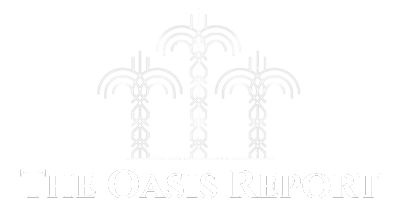Saudi Gazette report
RIYADH — Saudi Arabia is poised to emerge stronger from the global trade shake-up triggered by the United States’ sweeping tariff measures of 2025, with limited direct exposure and growing competitive advantages across key export sectors, according to a recent policy analysis by Awtada.
While the Kingdom faces a baseline 10% universal tariff on exports to the US, it remains largely shielded from harsher, targeted duties that hit other trade partners like China and the EU. Critically, crude oil — the cornerstone of Saudi exports — remains exempt, preserving the Kingdom’s energy export advantage amid rising global economic uncertainty.
The Awtada report highlights how the “Liberation Day” tariff policy has inadvertently enhanced Saudi Arabia’s competitive standing in the US market. Tariffs on Saudi aluminum, steel, plastics, and rubber rose modestly to 12%, but many competing nations now face average duties around 26%, giving Saudi exporters a pricing edge of 11–14 percentage points.
This advantage positions the Kingdom to expand its footprint in industrial supply chains, particularly as cost-sensitive US sectors — like shale oil — face rising input costs.
“Saudi Arabia is not only insulated, but strategically positioned to benefit from the tariff realignment,” the report states, noting that rising steel prices in the US are expected to pressure shale oil producers, potentially curbing American output and reinforcing Saudi oil’s competitiveness.
With average oil production costs at just $8 per barrel, compared to $45–95 for US shale, Saudi Arabia remains among the world’s lowest-cost producers. As tariff-driven inflation raises costs across US industries, Saudi crude becomes even more attractive to global buyers.
The report points to forecasts suggesting US shale production may peak by 2027, after which Saudi Arabia could gain greater market share, especially in energy-hungry regions across Asia and the Global South.
Despite the tariffs, Saudi consumers are expected to experience minimal inflationary pressure, thanks in part to the Kingdom’s diversified import strategy. While some US-made goods such as vehicles and machinery could become more expensive, much of Saudi Arabia’s imports—especially electronics and consumer products—come from China, which has more localized supply chains and greater price flexibility.
The report notes that more than 21% of Saudi imports originate from China, where producers are leveraging surplus capacity to redirect competitively priced goods to Gulf markets. This has helped cushion Saudi buyers from global price shocks and positioned the region as a growing destination for Chinese industrial exports.
As global supply chains are reshuffled and tariff pressures deepen, the report suggests Saudi Arabia could use this moment to accelerate its Vision 2030 economic transformation.
The tariff episode also enhances Saudi Arabia’s image as a stable trade partner. The Kingdom’s minimal exposure to tariff-sensitive exports, combined with its steady investment climate and high purchasing power (ranked 17th globally), reinforces its appeal to international investors looking for resilient growth markets.
Awtada’s analysis emphasizes that while Saudi Arabia once counted the US as a major oil customer, that relationship has evolved. By 2024, the US imported just 273,000 barrels per day of Saudi crude—down 84% from 2003 levels. Meanwhile, over 75% of Saudi oil exports now go to Asia.
Even as the US pursues a more protectionist stance, the Kingdom’s global energy role remains intact — and arguably strengthened — by its ability to offer price stability and supply reliability in an increasingly volatile market.



